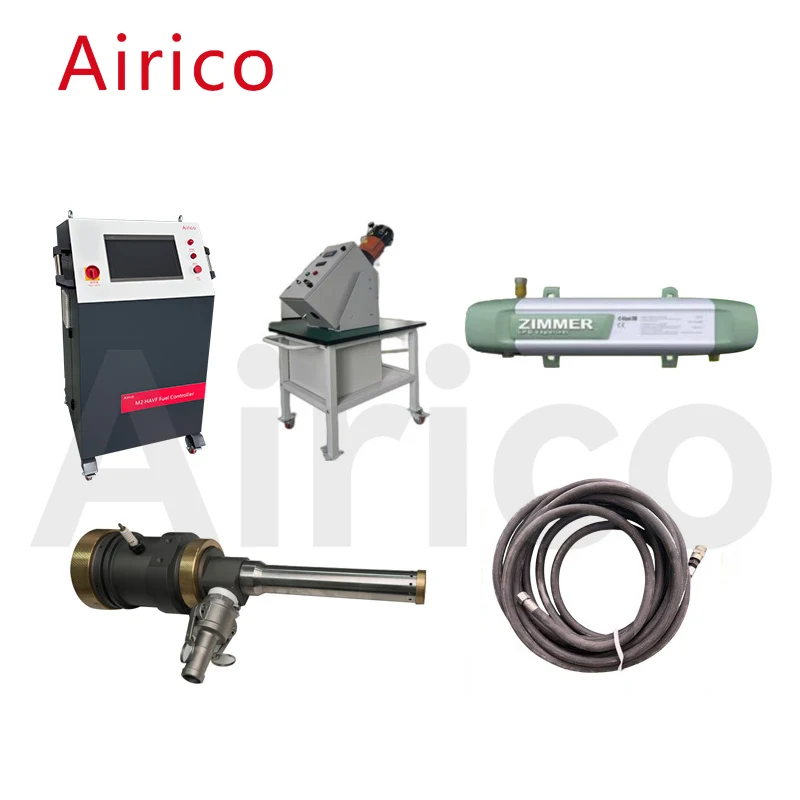Surface coating technologies have evolved significantly over the years, offering a range of options to meet the diverse needs of various industries. Among the most popular coating methods are cold spray and thermal spray. While both techniques share some similarities, they also have distinct differences that make them suitable for different applications.

Cold spray and thermal spray are both used to apply metal, alloy, or ceramic coatings to various substrates. However, the primary distinction between the two lies in the method used to accelerate and deposit the coating material onto the substrate.
Cold Spray:
Cold spray coating is a relatively new technology that utilizes high-pressure, supersonic gas jets to propel metal particles towards the substrate. The particles are accelerated to speeds that exceed the critical velocity for plastic deformation upon impact, allowing them to bond to the substrate without significant heating.
One of the key advantages of cold spray is the minimal heating of the substrate during the coating process. This is particularly beneficial for materials that are sensitive to heat, as it avoids potential issues such as thermal distortion, oxidation, or phase changes. Additionally, the lack of heat generation results in compressive residual stresses in the spray-deposited material, which enables the creation of very thick deposits, ranging up to many centimeters.
Cold spray coatings are also known for their high density and excellent bond strength. The plastic deformation of the particles upon impact creates a dense, well-bonded coating that is highly resistant to corrosion, wear, and erosion. This makes cold spray an ideal choice for applications in harsh environments, such as aerospace, automotive, and marine.
Thermal Spray:
Thermal spray coating methods, on the other hand, involve heating the coating material to a molten or semi-molten state before depositing it onto the substrate. The heated material is then sprayed onto the substrate using various techniques, such as flame spraying, plasma spraying, or high-velocity oxy-fuel (HVOF) spraying.
The primary advantage of thermal spray is its versatility. It can be used with a wide range of materials, including metals, alloys, ceramics, and composites. Additionally, thermal spray coatings can be applied to a variety of substrates, including metals, plastics, and ceramics.
However, the heating of the coating material during the thermal spray process can lead to some potential drawbacks. For example, the substrate may be exposed to high temperatures, which can cause thermal distortion or oxidation. Furthermore, the rapid cooling of the molten material upon impact can result in tensile residual stresses in the coating, which may affect its durability and performance.
Comparison:
When comparing cold spray and thermal spray, it is clear that each method has its own unique advantages and disadvantages. Cold spray offers minimal substrate heating, high-density coatings, and the ability to produce very thick deposits. It is particularly suitable for applications that require high durability and resistance to corrosion, wear, and erosion.
On the other hand, thermal spray provides greater versatility in terms of materials and substrates that can be coated. However, the heating of the coating material during the process can lead to potential issues such as thermal distortion and tensile residual stresses.
Ultimately, the choice between cold spray and thermal spray will depend on the specific requirements of the application. Factors such as the material being coated, the thickness and durability of the coating required, and the sensitivity of the substrate to heat will all play a role in determining the best coating method.

